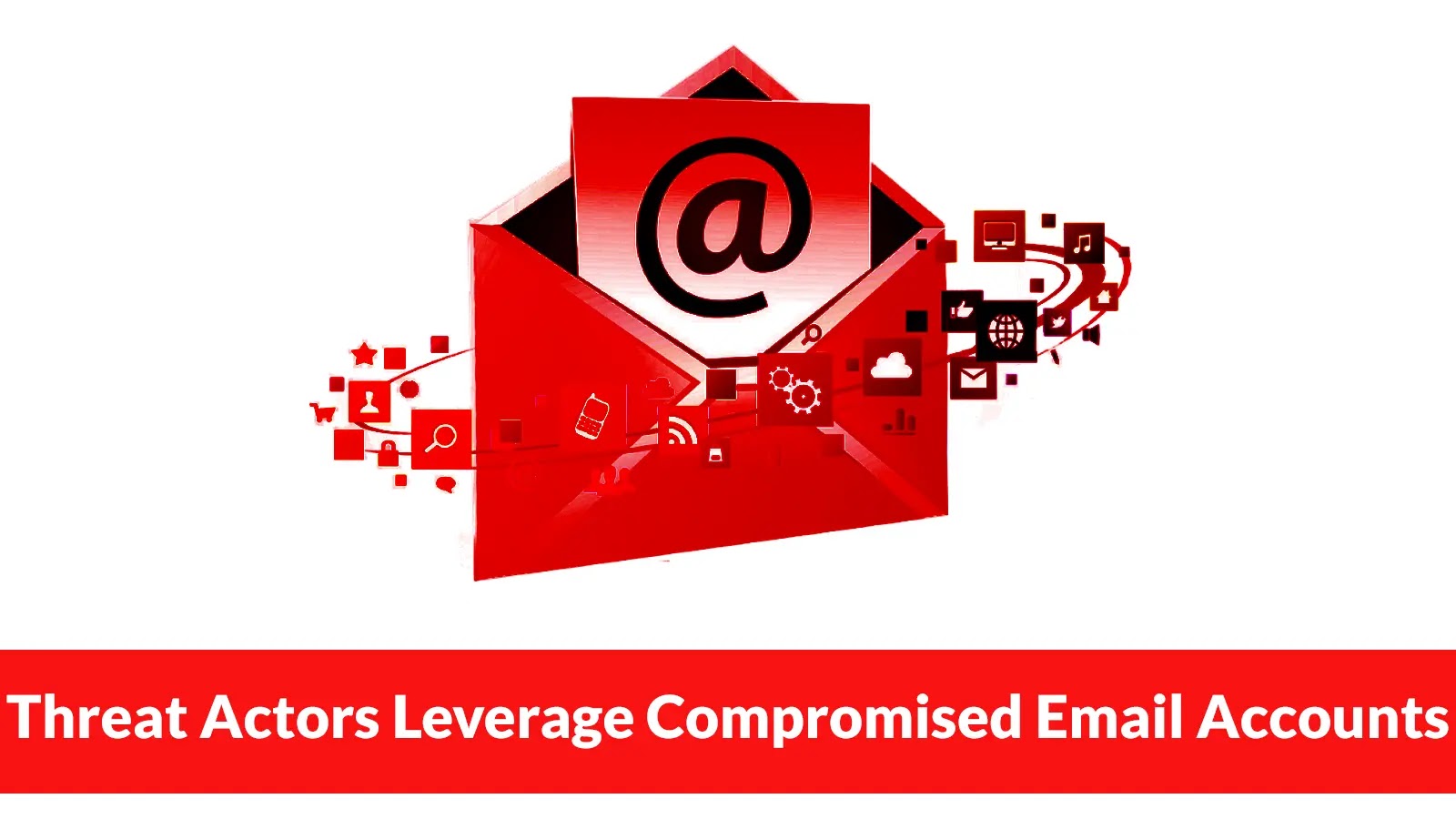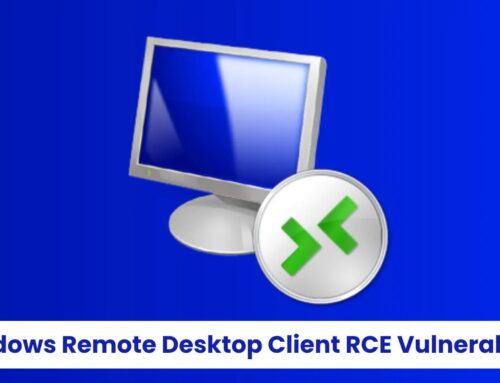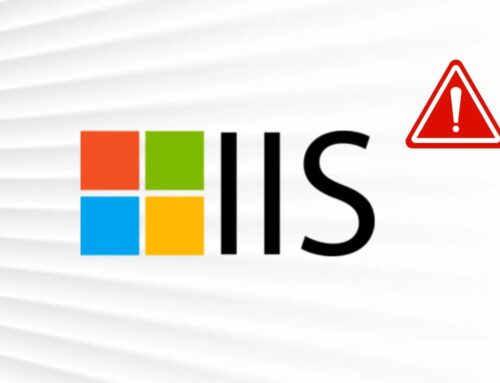
Threat Actors Leverage Compromised Email Accounts for Targeted Phishing Attacks
The cybersecurity landscape is constantly shifting, with threat actors continuously refining their tactics to breach defenses. A particularly insidious evolution is the widespread leveraging of compromised email accounts for highly targeted phishing attacks. This strategy exploits a fundamental element of trust, allowing sophisticated campaigns to bypass traditional security controls and significantly enhance their legitimacy in the eyes of unsuspecting victims. Recent incident response data underscores the pervasiveness of this threat, revealing that phishing remains a dominant attack vector, accounting for a substantial one-third of all security engagements in Q2 2025.
The Evolution of Phishing Attacks
Phishing has long been a primary method for cybercriminals to gain initial access to organizations and compromise credentials. Historically, phishing campaigns often relied on generic lures and easily identifiable red flags. However, the current trend shows a marked shift towards more sophisticated, tailored attacks. Instead of broad, untargeted emails, threat actors are now actively compromising legitimate email accounts, often from within the victim’s own organization or from trusted third-party partners. This provides an almost unparalleled level of credibility to their malicious communications.
When an email originates from a seemingly legitimate internal address or a known vendor, recipients are far less likely to scrutinize its contents. This bypasses many standard user awareness training protocols and email filtering mechanisms that are designed to flag external, suspicious communications. The result is a highly effective attack vector that capitalizes on inherent trust relationships within a digital ecosystem.
Why Compromised Accounts Are So Effective
The efficacy of using compromised email accounts stems from several critical factors:
- Bypassing Security Controls: Many email security solutions are designed to detect external threats, such as spoofed domains or suspicious sender IPs. Emails originating from a truly compromised internal account often pass these checks unhindered, as they appear to be legitimate internal traffic.
- Enhanced Legitimacy: An email from a known colleague, manager, or trusted external partner carries significant weight. It creates an immediate sense of urgency or authenticity, making the recipient more likely to click on malicious links, open infected attachments, or divulge sensitive information.
- Access to Internal Context: Threat actors who have compromised an account often gain access to internal communications, project details, and organizational hierarchies. This intelligence allows them to craft highly convincing and personalized phishing lures, making the attacks virtually indistinguishable from legitimate business communications. This often leads to successful business email compromise (BEC) schemes.
- Reduced User Suspicion: Users are trained to look for external indicators of phishing. When an email comes from within their own domain or a trusted vendor’s domain, their guard is naturally lowered, making them more susceptible to social engineering tactics.
Attack Vectors Leveraging Compromised Accounts
The methods used by threat actors once they control a legitimate email account are diverse and cunning:
- Credential Harvesting: Phishing emails often contain links to fake login pages designed to steal credentials. When these links arrive from a trusted internal source, they are far more likely to be clicked.
- Malware Delivery: Attachments containing ransomware, keyloggers, or other malicious software can be sent from compromised accounts, again bypassing initial scrutiny due to the source’s perceived legitimacy.
- Business Email Compromise (BEC): This highly lucrative scam involves tricking employees into making wire transfers or divulging sensitive data by impersonating senior executives or trusted financial partners. Compromised internal accounts provide the perfect platform for such impersonation.
- Internal Reconnaissance and Lateral Movement: A compromised account can be used to send internal phishing emails to other employees, facilitating further credential harvesting, internal network mapping, and lateral movement within the organization.
Remediation Actions and Proactive Defenses
Mitigating the risk posed by compromised email accounts requires a multi-layered approach focusing on prevention, detection, and rapid response:
- Implement Multi-Factor Authentication (MFA): Mandate MFA for all user accounts, especially for email, VPN, and critical business applications. Even if a password is compromised, MFA acts as a critical barrier to account takeover. Consider hardware security keys for highest assurance.
- Enhanced Email Security Gateways (ESG): Utilize advanced ESG solutions that go beyond basic spam filtering. Look for capabilities like sandboxing for attachments, URL rewriting and analysis, and AI-driven behavioral analysis to detect anomalies even in internal email traffic.
- User Awareness Training (UAT): Conduct regular, dynamic UAT that includes simulated phishing attacks leveraging internal-style lures. Educate users specifically on the dangers of emails from compromised internal accounts and emphasize verifying unexpected requests out-of-band (e.g., via a phone call).
- Endpoint Detection and Response (EDR) / Extended Detection and Response (XDR): Deploy EDR/XDR solutions across all endpoints to detect post-compromise activities, such as suspicious process execution, unauthorized data access, or lateral movement attempts, even if an initial phishing email slipped through.
- Strong Password Policies and Management: Enforce complex, unique passwords. Encourage the use of password managers and regularly review password hygiene.
- Privileged Access Management (PAM): Implement PAM solutions to restrict and monitor access to sensitive systems and data for privileged accounts, which are often targets for initial compromise.
- Regular Security Audits and Penetration Testing: Conduct regular assessments to identify vulnerabilities in email systems and user security posture.
- Incident Response Planning: Have a well-defined incident response plan specifically for email account compromise (EAC) and phishing incidents, including steps for account lockout, password reset, forensic analysis, and communication protocols.
Conclusion
The increasing sophistication of phishing attacks, particularly those leveraging compromised email accounts, presents a significant and evolving challenge for organizations. The inherent trust associated with legitimate email sources makes these campaigns exceptionally difficult to detect and defend against using traditional methods. By prioritizing multi-factor authentication, advanced email security, continuous user education, and robust incident response capabilities, organizations can significantly bolster their defenses against this pervasive threat. Staying vigilant and adapting security strategies to counter these advanced tactics is paramount for protecting sensitive data and maintaining operational integrity in a hostile cyber environment.





